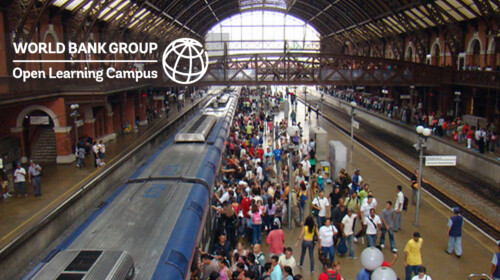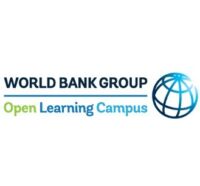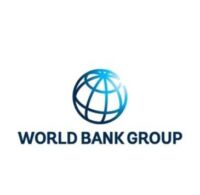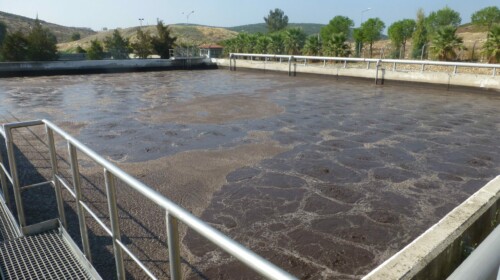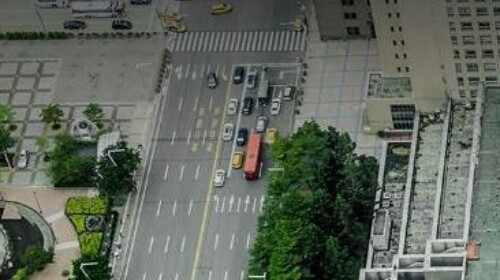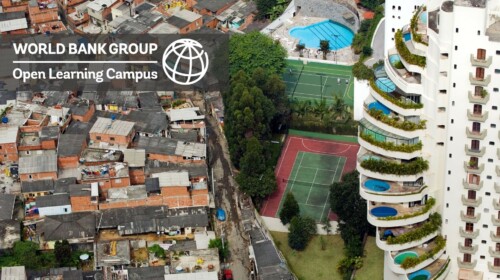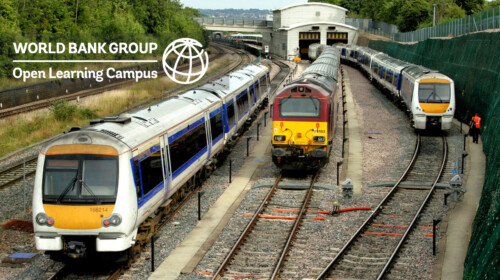Rising urban populations are putting pressure on urban transportation systems, which must expand to meet growing mobility and accessibility needs in cities around the world. To serve this increasing demand for mobility without the congestion, air pollution, road safety, and social exclusion associated with motorization, many cities are looking to rapid transit systems to provide high-capacity and high-quality transportation that is economically, environmentally, and socially sustainable. When appropriately planned and properly implemented as part of a larger public transportation network, urban rail systems can provide rapid urban mobility and enhance quality of life. Therefore, urban rail projects must be carefully approached as development projects.
This e-learning course is based on The Urban Rail Development Handbook, a recent publication from the Transportation and Digital Development Global Practice of the World Bank that brings together the expertise of World Bank staff and numerous international specialists to synthesize international “good practice” for the development of urban rail projects.
This course is organized into 7 modules that walk through critical considerations at each stage of project development, empowering you to ask the right questions and introducing you to the key tools available to answer them: system and corridor planning, preliminary design, detailed design, procurement and financing, construction, and operations and maintenance.
This course will help you navigate the critical considerations involved in each step of urban rail project development.
Target Audience
- Senior managers and heads of public transit and transportation authorities, who may be planning or overseeing urban rail projects
- Mid-level managers and technical staff (including urban transportation planners and practitioners) who may be participating in urban rail projects
- International development agencies who are interested in improving urban rail project development or who may be asked to fund these project, including World Bank technical and managerial staff and consultants
- NGOs who may be interested in urban rail projects
- Political leaders and advisors, particularly in local governments and municipalities who may need to understand the important considerations when planning, designing, funding and financing, implementing, and operating and maintaining urban rail systems Other stakeholders (including the media) who may be interested in how benefits and costs of urban rail projects may be distributed and how these projects can follow international good practice
Learning Objectives
By the end of this course, you will be able to:
- Assess whether urban rail is the most appropriate choice of rapid transit for a given corridor.
- Build the institutional structure and management capacity to govern urban rail projects and harness the expertise of external consultants.
- Identify appropriate analyses to ensure your urban rail project is economically, socially, and environmentally sustainable during project implementation and operations.

